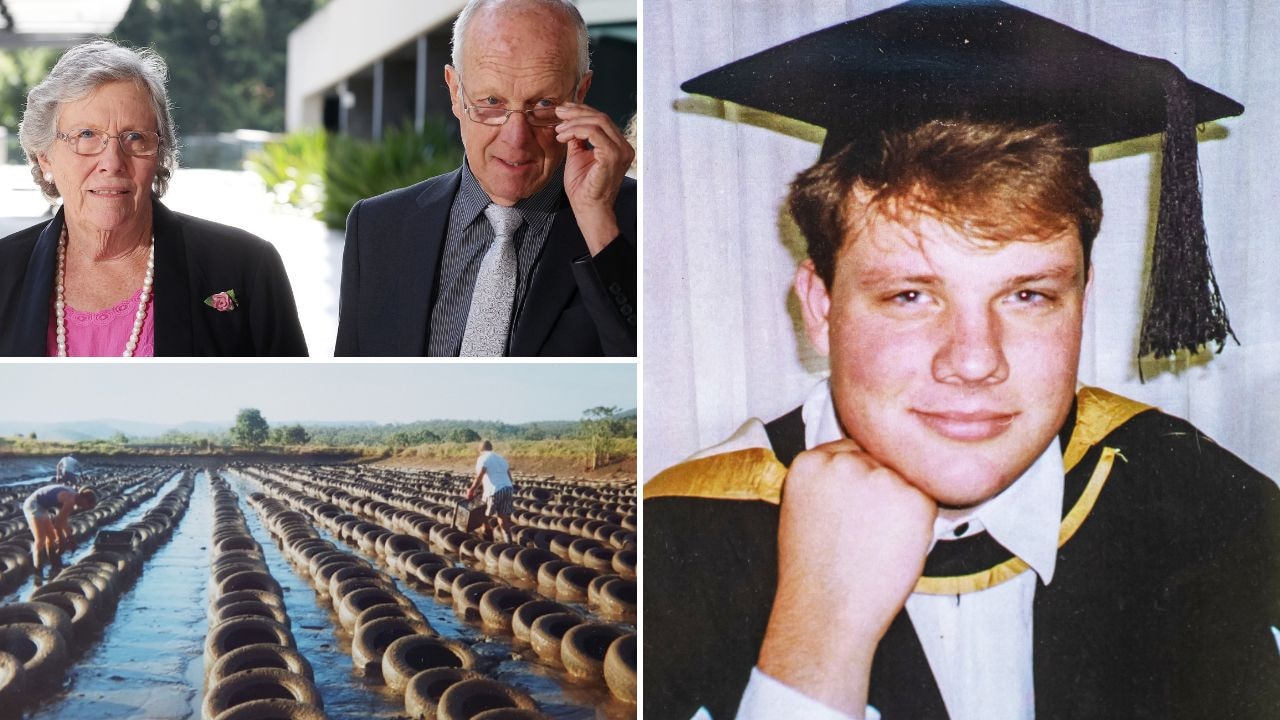Acquitted of shocking murder of Yasmin Sinodinos, Timo Pasanen remains a suspect
MAJOR Crime detectives have revealed they plan to submit a key exhibit in the Yasmin Sinodinos murder case to Forensic Science SA, for fresh testing in an effort to gain more evidence against Timo Pasanen, the key suspect in the case.
Cold Cases
Don't miss out on the headlines from Cold Cases. Followed categories will be added to My News.
WHILE Timo Pasanen walks the streets of Adelaide as an innocent man, it is a fair bet he keeps looking over his shoulder.
A Supreme Court jury found the former schoolteacher not guilty of one of South Australia’s most brutal murders but he knows police can re-charge him if they obtain fresh evidence.
And thanks to the advances in DNA technology, that is now a possibility.
Major Crime detectives have revealed crucial DNA evidence in the murder of Yasmin Sinodinos, 25, is to be re-examined by Forensic science SA in an effort to enhance it.
The key element of this evidence is minute traces of contact DNA – from skin cells, perspiration or other bodily fluids – found inside a knot tied in a piece of calico material placed around Yasmin’s battered head like a gag.
The partial DNA profile matches Mr Pasanen.
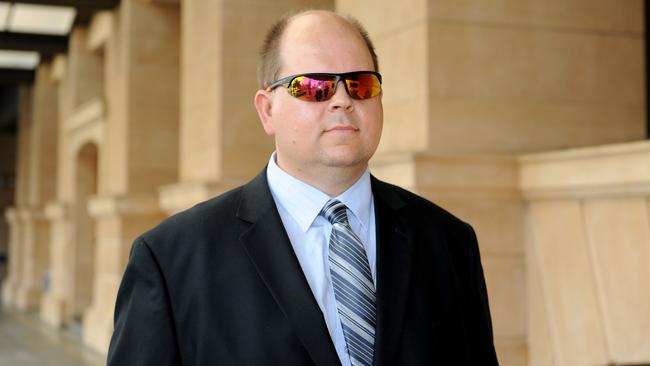
Police hope advances in DNA analysis and technology may be able to develop the profile — and conclusively confirm it found its way inside the knot directly from Mr Pasanen and not through secondary transfer.
Yasmin Sinodinos’s body was found dumped in scrubland at Tea Tree Gully in December, 1991. She died from severe head injuries and had been washed and redressed prior to being dumped.
Crucially, scientists also recovered semen from her body, along with the partial DNA profile from the gag.
The circumstances of her death remained a mystery for 21 years until a chain of events resulted in a cold-case DNA hit in 2012 – when Timo Pasanen first came to the attention of police.
In February 2012, when Mr Pasanen was teaching at a northern suburbs school, he was interviewed about an unrelated matter.
In August that year he was again interviewed and was required to submit to a buccal swab, the first step in obtaining his DNA profile.
Once uploaded to the state’s DNA database, his profile was automatically compared with thousands of crime scene samples already on the database.
It matched a then unknown profile obtained from Yasmin Sinodinos’s body.
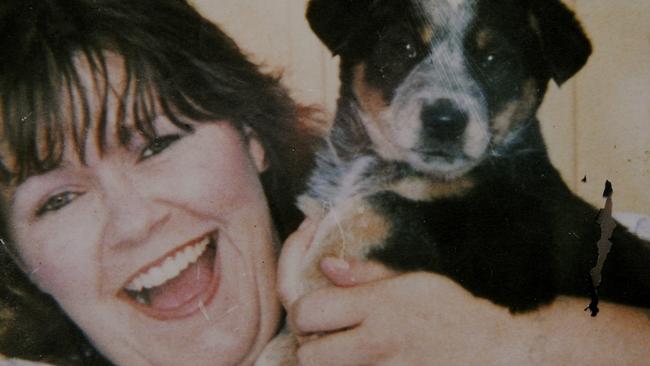
The breakthrough prompted renewed investigations, which gathered more circumstantial evidence that built a significant case against Mr Pasanen, then aged 42.
When major crime detectives knocked on Mr Pasanen’s front door at 7am on February 14, 2013, it may not have been a complete surprise to him.
He was certainly familiar with the murder of Yasmin Sinodinos – he had Googled her name and read about the unsolved case just a short time after he provided a saliva sample to police four months previously – even before his DNA led detectives to his front door.
Charged with Yasmin’s murder, the case against Mr Pasanen that was outlined to the jury at his Supreme Court trial in May, 2014, was significant and comprised both forensic and circumstantial evidence.
DNA evidence proved he had sex with her shortly before she died.
The weaker profile found inside the knot on the material wrapped around her head was also a key piece of evidence against him.
The circumstantial evidence included the fact he drove a silver Sigma sedan at the time she vanished and she was last seen getting into a silver sedan; and his actions in Googling not just unsolved murders but specifically Yasmin’s case after he provided a saliva sample for DNA testing.
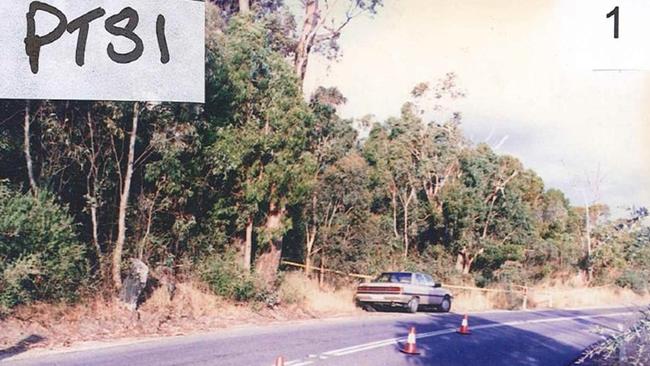
At his trial, prosecutor Sandi McDonald said when all of the evidence was considered, it pointed to Mr Pasanen’s guilt.
“There is no golden bullet but it is everything when you pull it all together,’’ she said.
She said while the DNA profile inside the knot was only a partial profile, “it is strong support”.
“What DNA there is matches the accused with a likelihood ratio of 290,” she said. “When the knot is untied the DNA on that sample taken by tape lift matches the accused and it is taken off for the second analysis, the accused still can’t be excluded.
“If someone else tied her up, how unlucky for the accused that that person either has the same DNA as him …”.
She said if the DNA was from secondary transfer, he was also very unlucky.
“How unlucky for him if that’s what happened, it ends up right there in that area where the knot’s tied and we don’t see the other man’s DNA on the gag.’’
Giving evidence at his trial, Mr Pasanen admitted “hooking up’’ with Yasmin but repeatedly said he could not remember exactly when, where, why, how or how many times he had sex with her.
When quizzed about why he had done Google searches on his own name, followed by Crimestoppers, then unsolved murders in SA and had then specifically entered the search “murder Yasmin Sinodinos’’ he gave a variety of explanations.
“Perhaps I was looking for a murder case that had been solved,’’ he said of the Crimestoppers search, which was made just four minutes after he Googled his own name.
During the trial, Mr Pasanen’s lawyer Greg Mead, SC, said Mr Pasanen did not deny he had sex with Yasmin but he denied killing her.
He argued the contact DNA on the gag could have been deposited there by secondary transfer – in other words it could have come from another part of her body and been left there by whoever tied the knot.
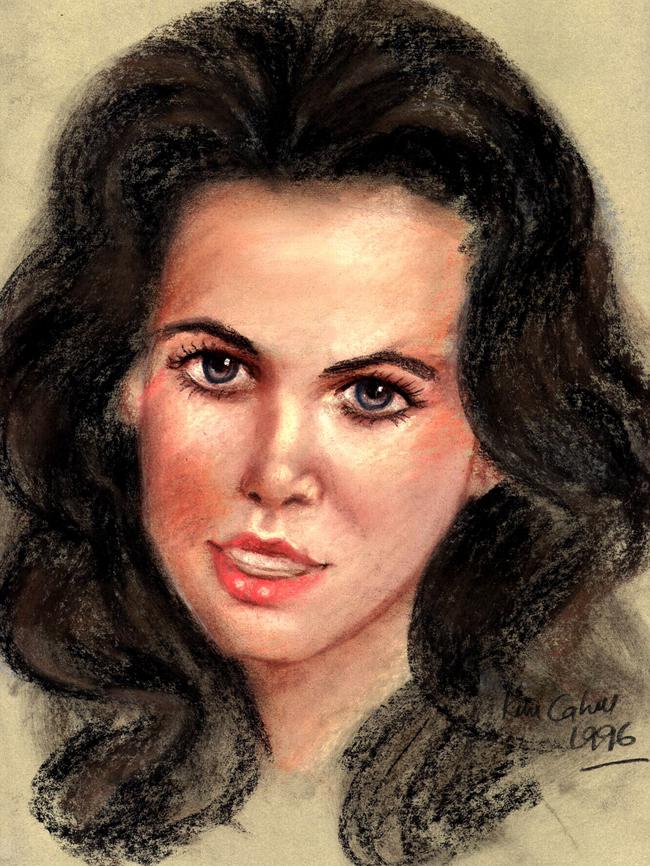
While the Supreme Court jury found him not guilty of murder by majority verdict, major crime detectives still have Mr Pasanen firmly in their sights.
Case officer Detective Sergeant Anthony van der Stelt said he remained the only suspect in the investigation.
“He was acquitted and because of that he retains the presumption of innocence,’’ he said.
“But he does remain a suspect for this homicide and remains the sole focus of the investigation.’’
He said the case presented to the Supreme Court in 2014 was strong enough to have the evidence tested.
“We will not ever arrest anyone and put them before the court unless we believe there is a reasonable prospect of a conviction,’’ he said.
“The majority verdict indicates there are some people who may have been satisfied of his guilt but I emphasise again that because it was a not-guilty verdict, he retains the presumption of innocence.’’

Detective Sgt van der Stelt said DNA testing and profiling techniques were always being enhanced and improved and discussions with FSSA will determine the best way to progress that DNA sample “with the hope we would get a much stronger result.’’
“It might well be now is not the best time to re-examine that exhibit. It might be there is some technology that is being developed and we might need to wait,’’ he said.
“We need to get that advice and make sure we get the best possible chance of getting the best possible result.
“Additionally, we may consider a report to determine the likelihood of that DNA being in the knot given his version of events.’’
Under the state’s double jeopardy legislation even though there has been an acquittal in the case, if detectives uncover “fresh and compelling’’ evidence, fresh murder charges can be laid.
“That fresh and compelling evidence can either be argued by defence to have a person retried and acquitted or by the prosecution to have a person retried,’’ he said.
“There has not been anyone who has been prosecuted and then had a fresh and compelling argument brought against them to be retried.
“There is always a first.’’
A $200,000 reward is available for information in the case.
Anyone with information is urged to call Crimestoppers on 1800 333 000.
Originally published as Acquitted of shocking murder of Yasmin Sinodinos, Timo Pasanen remains a suspect


